
The Battle to Recognize Chronic Lyme Disease
Despite mounting evidence and patient testimonies, the medical community remains divided over chronic Lyme disease. Historical resistance to new ideas, as seen with past medical breakthroughs, underscores the need for an open-minded approach to emerging health conditions.
Despite growing patient-reported evidence that chronic Lyme disease is a real and continuing care problem, the medical establishment refuses to acknowledge the diagnosis. Why are we being stubborn when a resolution is possible? Let’s take a look.
Lyme disease has seen a significant increase in reported cases, with the Centers for Disease Control and Prevention (CDC) estimating approximately 476,000 new infections annually in the United States. Alongside this rise, self-reported cases of chronic Lyme disease (CLD) have also grown, with many patients experiencing persistent symptoms long after initial antibiotic treatment. This has fueled a contentious debate within the medical community regarding the recognition and treatment of CLD.
Evidence for chronic Lyme disease includes meta-analyses highlighting persistent symptoms such as fatigue, musculoskeletal pain and cognitive disturbances in up to 20% of treated patients. Despite this, the medical establishment has resisted the diagnosis of CLD due to concerns over inconsistent diagnostic criteria, the lack of clear biomarkers and the risks associated with long-term antibiotic use. This resistance underscores the broader challenges of integrating emerging medical evidence with established treatment protocols.
Max Planck, one of the founding fathers of quantum mechanics, once suggested that “science advances one funeral at a time” (see full quote here). This idea reflects how transformative scientific ideas often face initial resistance, gaining acceptance only as critics pass away and new generations embrace these innovations.
Established Theories Can Be Wrong
History is replete with examples of widely accepted medical theories that were later proven incorrect. These cases serve as reminders of the importance of remaining open to new evidence and re-evaluating established beliefs.
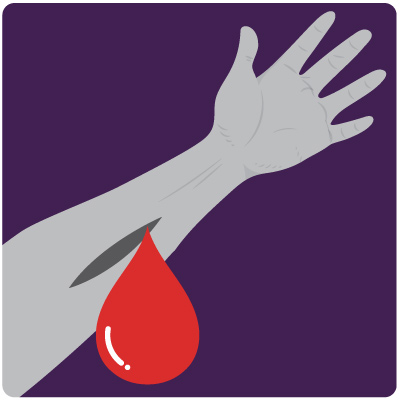
Bloodletting—Practiced for centuries, this “treatment” was based on the belief that many diseases were caused by an excess of blood. It persisted until the 19th century when scientific evidence showed that it often did more harm than good.
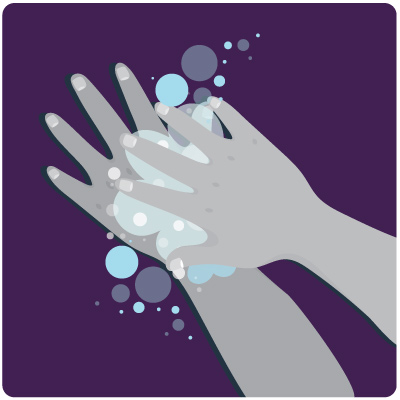
Medical Handwash—In the 1840s, Ignaz Semmelweis discovered that hand washing significantly reduced puerperal fever among birthing women. Despite clear evidence, his findings were ridiculed and he was professionally ostracized. Only after Semmelweis’s death did hand hygiene become a critical medical practice, largely due to the microbiological discoveries of Louis Pasteur and Joseph Lister.
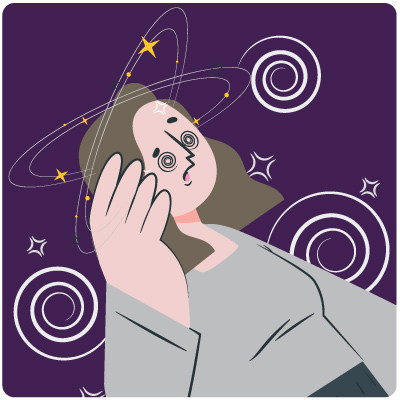
Female Hysteria—This was once a common diagnosis for women exhibiting a wide range of symptoms, including anxiety and fainting. This “condition” was widely treated with methods that are now recognized as ineffective, barbaric and sexist. It wasn’t until the 20th century that the medical community abandoned this diagnosis.
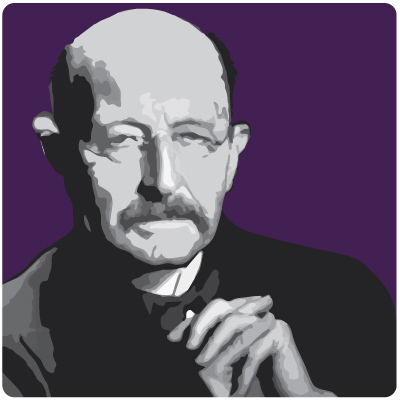
Quantum Physicists—Life sciences aren’t alone in resisting change—even quantum physicists can be stubborn (looking at you, Max Planck). Hugh Everett III proposed the many-worlds interpretation of quantum mechanics in 1957, suggesting that all possible alternative histories and futures are real. This radical idea was initially dismissed by leading physicists like Niels Bohr. Over time, as the older generation passed, Everett’s theory gained traction and is now a significant interpretation in quantum mechanics. MORE ON THIS
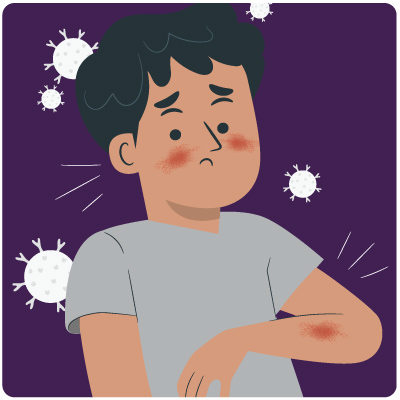
Lupus—It was once dismissed as primarily a psychosomatic condition—patients were often told their symptoms were all in their heads. It wasn’t until advances in immunology in the late 20th century confirmed lupus as an autoimmune disease that the medical community began to take it seriously. Now, lupus is recognized as a serious condition that requires appropriate medical intervention.

Gulf War Syndrome—Struggling soldiers faced skepticism, with many attributing symptoms to stress or psychological factors. Veterans experienced a range of chronic symptoms, including fatigue, headaches and joint pain. It took years of advocacy and research to identify a combination of environmental exposures and chemical agents as likely causes. Today, Gulf War Syndrome is recognized as a legitimate condition, (including the possible link to the death of President Biden’s son) but it took a significant shift in medical opinion to get there.
These examples remind us that medical understanding evolves and that dismissing poorly understood conditions can delay crucial advancements—while also causing real and pervasive harm to patients who are being told that what they are experiencing is not “real.”
Chronic Lyme Disease: A Contemporary Struggle
Chronic Lyme disease remains a highly controversial and poorly understood condition within the medical community. Despite mounting evidence and patient testimonies, many doctors remain skeptical that the cause is a continuing infection, and question the efficacy of long-term antibiotic treatments. But the ongoing struggle to understand and treat chronic Lyme disease mirrors past medical debates: We must remain willing to accept new evidence.
Until the CDC or other medical institutions collect sufficient data we are forced to rely on metastudies and anecdotal evidence. The current standard of care forces patients and the medical professionals attempting to help them to overcome significant personal and career trials.
Challenges to effective care
• Grace Burns began experiencing severe health issues at 17, including episodes where her legs grew numb, and she lost consciousness. Despite these alarming symptoms, it took three years for her to be diagnosed with chronic and neurological Lyme disease. During this time, Grace endured significant physical limitations and emotional distress. She was bedridden, suffering from extreme fatigue, cognitive impairments, and constant pain. Read more about Grace’s journey.
• Johnny faced a similarly arduous journey. His initial symptoms were stroke-like, leading to multiple misdiagnoses before Lyme disease was correctly identified. For nine months, Johnny experienced debilitating symptoms including severe headaches, cognitive difficulties, and muscle weakness. Despite visiting numerous doctors, his condition worsened until a naturopathic doctor ordered a PCR test, finally revealing Lyme disease. The delay allowed the disease to progress to his central nervous system, complicating treatment and recovery. Read more about Johnny’s journey here.
• Dr. Charles Ray Jones, a pediatrician specializing in Lyme disease, has faced significant legal challenges for his unconventional treatment methods. Fined $10,000 and required to pay for a court-mandated monitor, Dr. Jones continues to treat children suffering from Lyme disease, gaining substantial support from the Lyme disease community. One parent credited him, saying, “Dr. Jones saved my child’s life when no one else could help.” His case reflects the risks faced by doctors who treat Lyme disease outside established guidelines.
• Dr. Richard Horowitz, known for his extensive work in treating CLD, has faced significant scrutiny and professional challenges throughout his career. As the medical director of the Hudson Valley Healing Arts Center and a key figure in Lyme disease research and treatment, Dr. Horowitz has been an advocate for comprehensive and alternative treatment approaches, including his concept of Multiple Systemic Infectious Disease Syndrome (MSIDS) (Lyme Disease Association interview) (Daniel Cameron, MD, MPH interview).
Dr. Horowitz’s methods, such as high-dose dapsone combination therapy, have shown promising results, with studies indicating a remission rate of approximately 66% in chronic Lyme patients (LymeDisease.org). However, his advocacy for extended antibiotic treatments and alternative therapies has frequently put him at odds with mainstream medical guidelines, leading to criticism and professional isolation.
. . .
Healthcare workers face more than isolation—they could even lose their licenses. A survey of 155 clinicians revealed that three-quarters of doctors treating CLD experienced a lack of professional support, opposition from physician organizations and exclusion from insurance networks. Additionally, 39% of these physicians faced reports to medical boards, insurers, or hospital-based quality improvement inquiries due to their treatment methods.
Ignoring chronic Lyme disease has significant consequences for patients. Patients with untreated or poorly managed CLD often suffer from severe, persistent symptoms that impair their quality of life and ability to work. According to a study, up to 20% of Lyme disease patients experience long-term symptoms. This not only affects their personal lives but also has economic implications due to lost productivity and increased healthcare costs.
From an economic perspective, CLD imposes a substantial burden; the costs associated with the disease are estimated at $1.3 billion annually in the U.S. These costs include direct medical expenses and indirect costs such as disability and lost earnings. This highlights the urgent need for a more comprehensive understanding and approach to this condition.
Evidence for Chronic Lyme Disease
Meta-analyses and comprehensive studies examine the diagnostic challenges and treatment options for chronic Lyme disease. A study by the National Academies of Sciences, Engineering, and Medicine highlights the persistence of Lyme disease symptoms after standard antibiotic treatment, discussing hypotheses like persistent infection and immune system dysfunction. The report calls for further research into the biological mechanisms underlying chronic Lyme symptoms, emphasizing unresolved questions about infection persistence and appropriate treatment duration.
Another meta-analysis published in the International Journal of Epidemiology reviews the prevalence and nature of chronic symptoms, such as fatigue, musculoskeletal pain and cognitive disturbances among Lyme disease patients. This study found that up to 20% of patients continue to experience debilitating symptoms even after recommended antibiotic treatments, highlighting the need for more rigorous, large-scale studies to better understand and treat CLD.
Why Aren’t We Looking?
Increased awareness and focus on chronic conditions have grown as a result of research on Long COVID. This raises a critical question: if we don’t know for certain, why aren’t we looking? There is clear evidence that something is happening in chronic Lyme, and patients are suffering. What do we have to lose? This question challenges the medical establishment to remain open to new evidence and continually reassess their assumptions.
Sure, doctors must “first do no harm,” but doesn’t the Hippocratic oath also demand action? Historical examples, such as the initial resistance to Darwinism, hand washing, and the many-worlds interpretation, illustrate how groundbreaking advancements were often met with skepticism. By not fully exploring chronic Lyme disease, the medical community risks missing crucial insights into its causes and treatments. The willingness to re-evaluate existing beliefs in light of new evidence is essential for progress, ensuring that patients receive the care and attention they deserve.
Sources:
The inaugural issue of Prognosis:Innovation [the magazine] will focus on the Pittsburgh region. Among the focused feature topics will be research and innovations in tick-borne illnesses.
CONTACT US If you would like to contribute to this topic and promote your work in this area.





